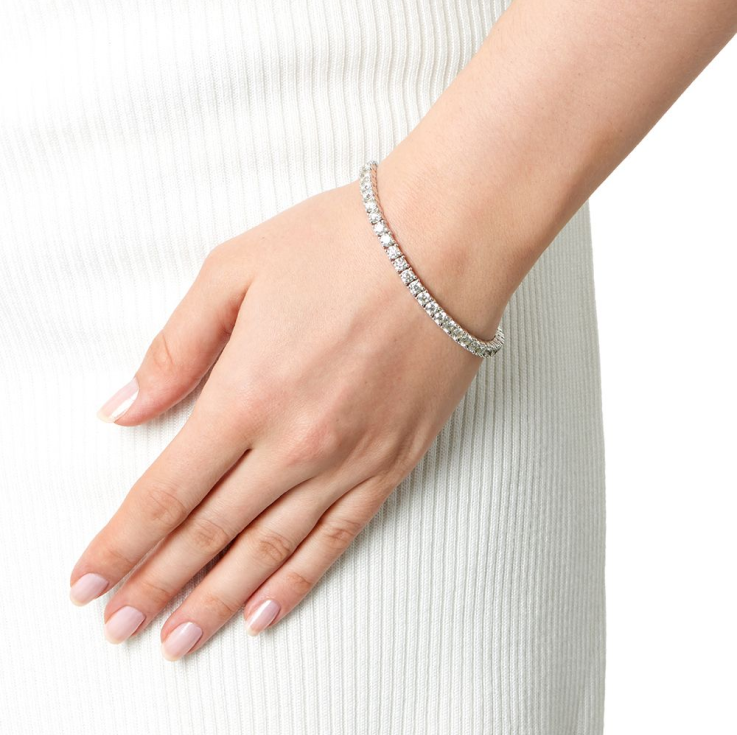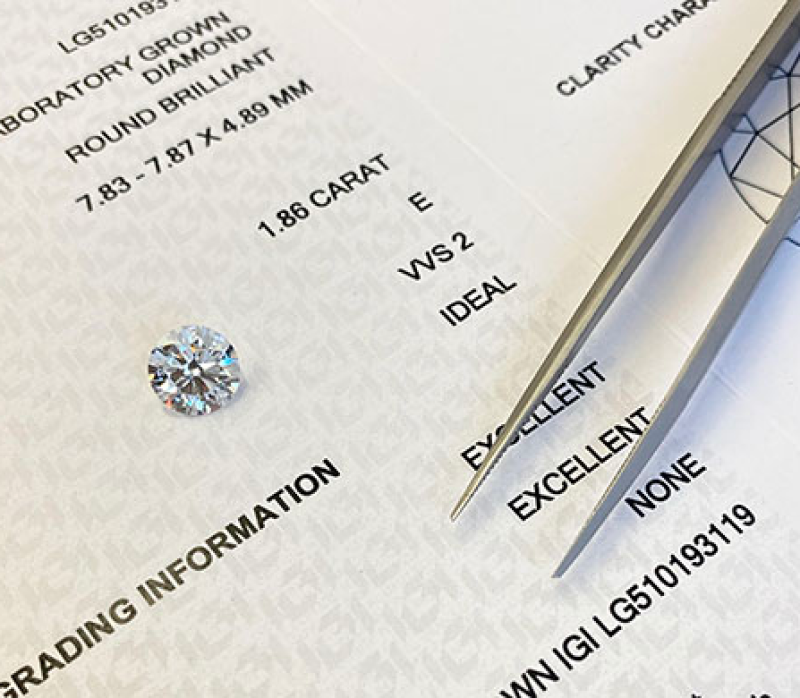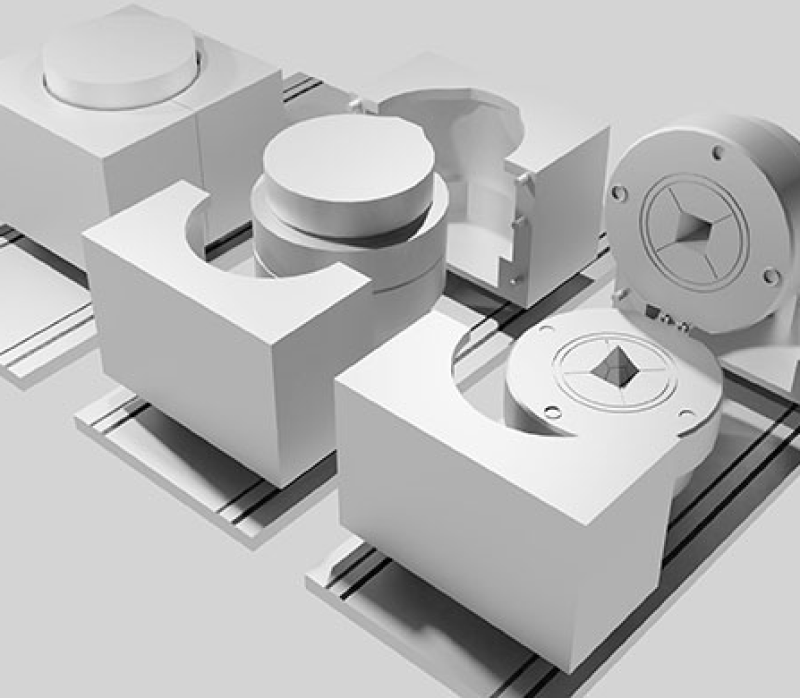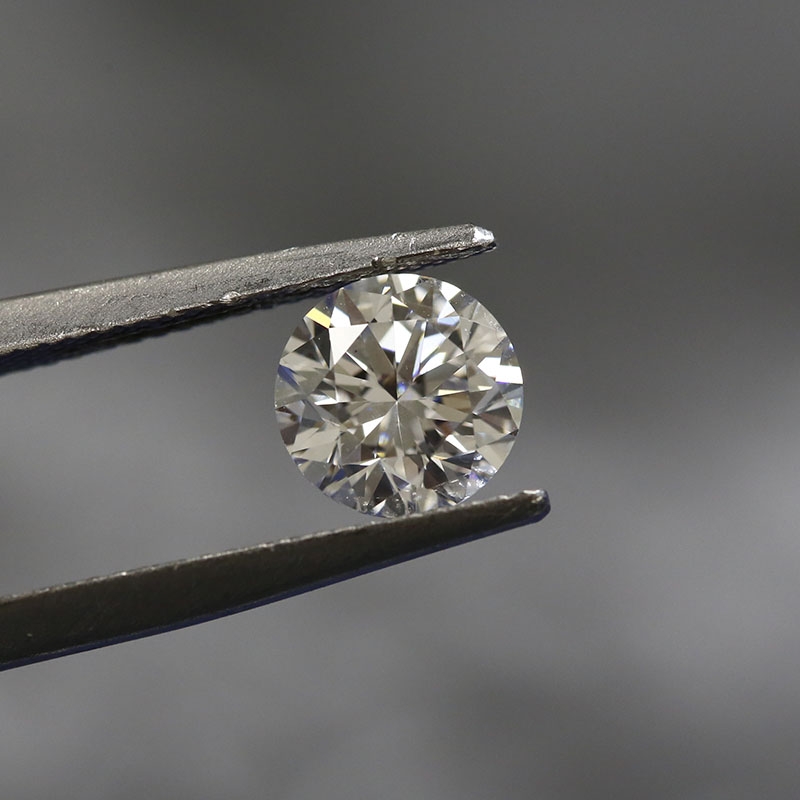USD
/
USD
/
Shipping to:
Currency:
-
Round
-
Princess
-
Cushion
-
Emerald
-
Pear
-
Oval
-
Marquise
-
Radiant
-
Asscher
-
Heart
-
European Cut
-
Old Miner
-
Rose
-
Briolette
-
Bullets
-
Calf
-
Flanders
-
Half Moon
-
Hexagonal
-
Kite
-
Lozenge
-
Octagonal
-
Pentagonal
-
Shield
-
Square
-
Star
-
Tapered Baguette
-
Baguette
-
Tapered Bullet
-
Trapezoid
-
Triangular
-
Trilliant
-
Other
Filter

Find the Perfect Lab-Grown Diamond
You can use the filters below if you’re looking for a specific type of lab-grown diamond. You can filter your results by the four Cs of diamonds: cut, carat, color, and clarity and, of course, by price.
If you’re looking for something specific, please get in touch with the Rêve team today, and we’ll be more than happy to help.
3 Reasons to Buy Lab-Grown Diamonds
 Better for the Environment
Better for the EnvironmentLab-grown diamonds have a smaller environmental impact than mined diamonds, as they do not require the excavation and processing of earth to extract them. This can help reduce the adverse effects of diamond mining, such as habitat destruction, water pollution, and carbon emissions.
 Budget-friendly
Budget-friendlyLab-grown diamonds are typically more affordable than mined diamonds, as they do not incur the additional costs associated with mining and transportation. This means you can get a beautiful, high-quality diamond at a lower price
 Identical to Mined Diamonds
Identical to Mined DiamondsLab-grown diamonds are chemically, physically, and optically identical to mined diamonds, meaning they have the same properties and characteristics. This means you can get a diamond that is just as beautiful and durable as a mined diamond but at a more affordable price.
Lab-grown diamonds, also known as lab-created, man-made, or synthetic diamonds — are created using highly advanced technological processes within strictly controlled laboratory conditions. These conditions mimic the environment under which natural diamonds form in the mantle beneath the earth's crust.
In recent years awareness of ethical concerns regarding the humanitarian and ecological issues surrounding the mining of diamonds coupled with the high cost of mined natural diamonds has increased the popularity of lab-grown diamonds.
If you’re curious about lab-grown diamonds, we have created this guide to help you find all of the information you need about this ethical alternative to natural diamonds.

LAB-GROWN ENGAGEMENT RINGS
Rêve Diamonds’ lab-grown diamond collection is where love and sustainability intersect. Our lab-grown engagement rings are a symbol of your love and commitment, but they're also kind to the planet. Our diamonds are every bit as dazzling and durable as mined diamonds, but they're created in a laboratory setting, which means they don't require excavating. This means you can get the same stunning diamond at a lower price and with a smaller environmental impact.
Plus, with our wide range of styles and settings, you're sure to find the perfect ring to suit your personal style. Trust us, you'll fall head over heels for our lab-grown engagement rings. They're the perfect way to start your happily ever after.


LAB-GROWN DIAMOND TENNIS BRACELETS
If you are looking for the perfect piece of jewelry for a special occasion, consider Rêve Diamonds' lab-grown diamond tennis bracelets. Not only do these bracelets boast modern and exquisite designs, but they offer unmatched elegance and sophistication, allowing them to be the perfect addition to any outfit.
Plus, lab-grown diamonds from Rêve Diamonds are of exceptional quality and brilliance, each scored to determine shape, clarity, and color grade to provide customers with optimal satisfaction. If you're looking for a sparkle on your wrist that will last forever, look no further than our collection of lab-grown diamond tennis bracelets.
Explore our lab-grown diamond tennis bracelet collection today.

WHAT EXACTLY ARE LAB-GROWN DIAMONDS, AND ARE THEY REAL DIAMONDS?
A lab-grown diamond is a real diamond. These lab-created gemstones are unique because they are pure carbon diamonds that display identical optical, physical, and chemical characteristics to natural diamonds. The only difference is that these diamonds are not formed through natural processes but are instead created in a laboratory environment.
Provided you purchase your lab-grown diamond from a legitimate source, there is no difference between a naturally occurring diamond and one cultivated in a laboratory apart from the origin. Many people incorrectly assume lab-grown diamonds are “fake” diamonds. In terms of structure, they are identical to mined diamonds.


HOW ARE LAB-GROWN DIAMONDS CREATED?
Two methods were developed to create diamonds within laboratory conditions. HPHT, which stands for high-pressure, high-temperature, and CVD, which refers to chemical vapor deposition. In both processes, a diamond crystal or plate is used as a seed to initiate the growth of the lab-grown diamond.
Reasons to Choose Rêve Diamonds to Buy Lab-Grown Diamonds
There are several reasons to choose Rêve Diamonds when looking to buy lab-grown diamonds:
 Wide range of options
Wide range of optionsRêve Diamonds offers a wide range of sizes, cuts, and colors, making it easy to find the perfect diamond for your needs.
 High-quality diamonds
High-quality diamondsWe’re committed to providing high-quality lab-grown diamonds chemically, physically, and optically identical to mined diamonds.
 Exceptional value
Exceptional valueEveryone at Rêve is dedicated to providing excellent value to their customers, offering lab-grown diamonds at a lower price than mined diamonds.
 30-Day Return Policy
30-Day Return PolicyIf you wish to return an item, get in touch, and we will process the return for you. Unlike some of our competitors, within 30 days of receiving your item, if you are not completely satisfied for any reason, we will refund you your money, no questions asked.
 Fully-Insured Shipping
Fully-Insured ShippingYour Rêve Diamonds purchase is insured from our facility until the moment you receive your item. If you wish to return the item, your free return shipping is also insured as long as you use the free shipping label you find inside the package.
 Free Worldwide Delivery
Free Worldwide DeliveryRêve Diamonds offers free, secure shipping on each order. Orders are shipped using the fastest delivery option available in your area. Please see here for our estimated delivery times for our different collections.
Don't Just Take Our Word for It Here’s what our customers have to say about working with us:
Lab-Grown Diamonds FAQs
+WHAT COLORS ARE LAB-GROWN DIAMONDS AVAILABLE IN?
For those who appreciate colored gemstones, lab-created diamonds made by the HPHT process are generally yellow, orangey-yellow, or brownish-yellow. Almost all are type IIb — rare in natural diamonds. Blue lab-created diamonds form by adding boron into the growth process. Pink and red lab-grown diamonds are less common and can be produced by subjecting the crystal post-growth to heat treatment processes involving heating and radiation. Colorless HPHT synthetic diamonds are challenging to create as nitrogen needs to be excluded from the growth process, so modifications to the growth conditions and equipment are required.
CVD synthetic diamonds are usually grayish or brownish. Adding a small amount of boron or nitrogen into the chamber will create yellow, pink-orange, or blue diamonds. Colorless crystals are easier to produce with this method, but they require a longer time to grow. Many CVD lab-created colorless diamonds available are believed to have been originally brown crystals decolorized by HPHT annealing. CVD synthetic diamonds are most commonly type IIa.
Fancy-colored lab-created diamonds sell at comparatively reasonable prices compared to their natural fancy-colored diamond counterparts.
+ARE LAB-GROWN DIAMONDS EXPENSIVE?
A lab-grown diamond is approximately 50%-70% cheaper than a naturally mined diamond of equivalent clarity, cut, color, and size.
While lab-created diamonds are becoming popular with those concerned about the ethical credentials of some aspects of diamond mining or are on a budget, for many, this price differential is not a great enough incentive to choose them over natural diamonds. This is particularly true for those purchasing an item of diamond jewelry as an investment.
+ARE THERE ANY ADVANTAGES TO CHOOSING LAB-GROWN DIAMONDS?
If price is a factor in your choice of gemstone, one of the most significant advantages to buying a lab-grown diamond is that it is a less expensive option. In addition, lab-grown diamonds do not usually exhibit large and visible inclusions. Therefore, if it appeals that you can purchase a flawless or nearly flawless lab-grown diamond at a lower price than a flawless natural diamond, a lab-created gem is for you.
+CAN I WEAR A LAB-GROWN DIAMOND AS MY ENGAGEMENT RING?
If you are ethically driven and want to combine quality, style, and price with your desire to protect the environment, then the option of a lab-grown engagement ring as a centerpiece is a great choice. Plus, you will not be sacrificing the look of what is possibly the most important piece of jewelry you will ever wear with a diamond diamond engagement ring.
+WHERE CAN I BUY THE BEST QUALITY LAB-GROWN DIAMONDS?
If you have decided to buy the best quality lab-grown diamond, you would be well advised to buy your lab-created gem from a legitimate and respected diamond retailer. At Rêve Diamonds, we will provide you with certification that your choice of lab-grown diamond has been grown in the laboratory, exhibiting exactly the same composition as natural mined diamonds. Book your appointment today.

Picture: Lab-grown diamond for sale in New York US © Reve Diamonds
Got more questions? Speak to an expert today.
We know that picking a diamond is a big decision. If you’ve got any questions, we’re here to help.
Find the Perfect Lab-Grown Diamond at Rêve Diamonds Today
If you're searching for a high-quality lab-grown diamond, look no further than Rêve Diamonds. Our lab-grown diamonds are chemically, physically, and optically identical to mined diamonds and are available in various sizes, cuts, and colors to suit your needs.
Plus, our lab-grown diamonds are more environmentally sustainable and affordable than mined diamonds.
At Rêve Diamonds, we're committed to providing exceptional value and quality to our customers, and we stand behind every diamond. Start your lab-grown diamond journey with us today and find the perfect diamond at Rêve Diamonds.
Get in touch with our experts
- Live chat
Use our Live Chat facility on the bottom right of your screen to talk to a jewelry specialist in real-time.
- Call us
Give us a call and speak to an engagement ring expert directly. Get the information you need quickly and easily.
- Book an appointment
Our loose diamonds and engagement rings are available to view in person in our NYC or LA showrooms.
- WhatsApp us
Prefer to speak to a jewelry expert through instant messaging? Send us a message today.
- Email us
Email service@revediamonds.com to book an appointment or get the advice you need.




